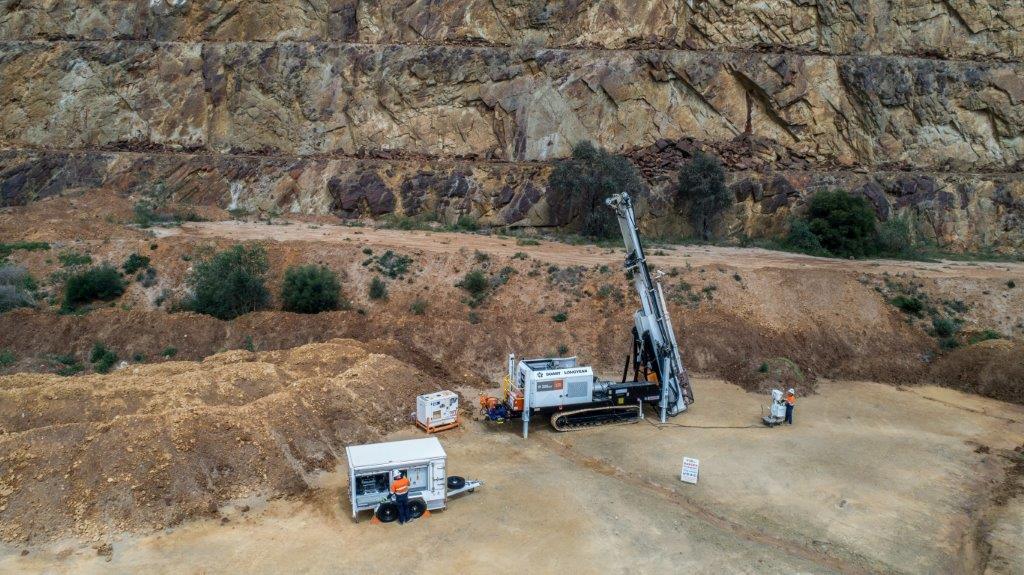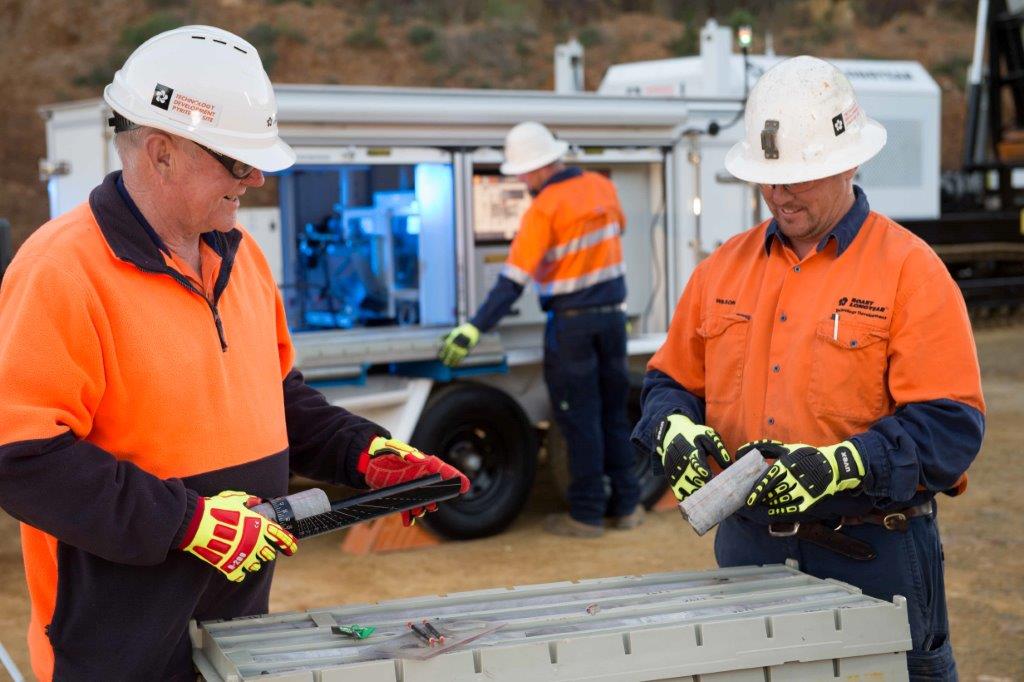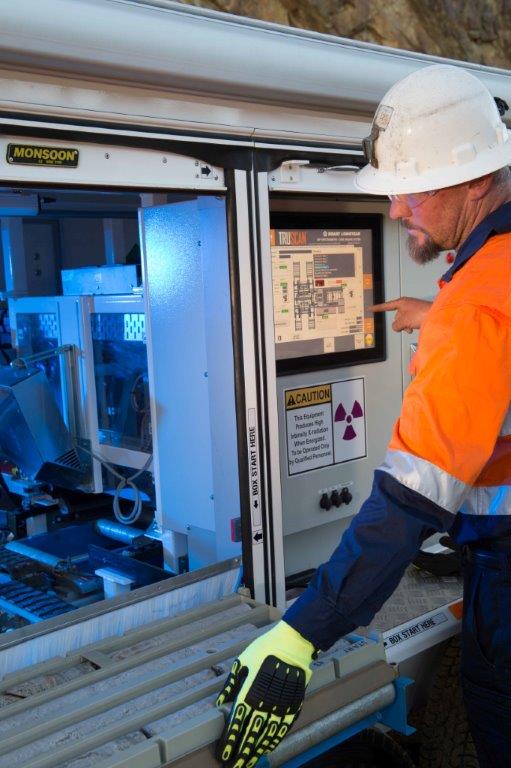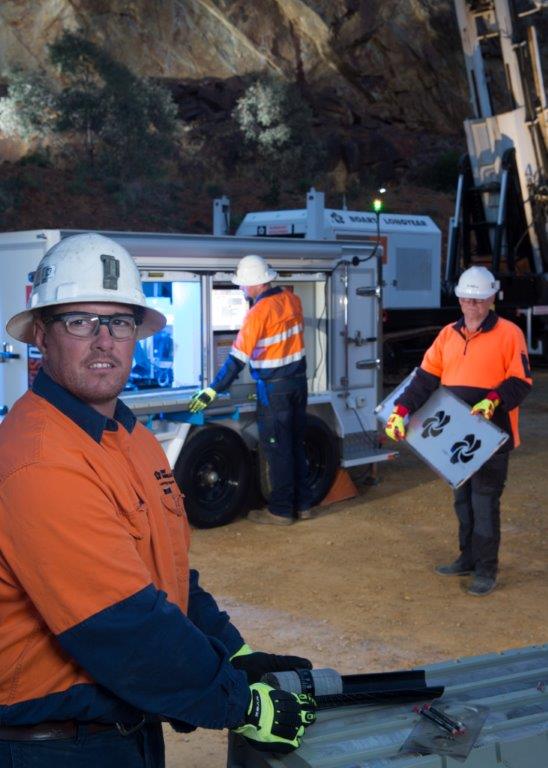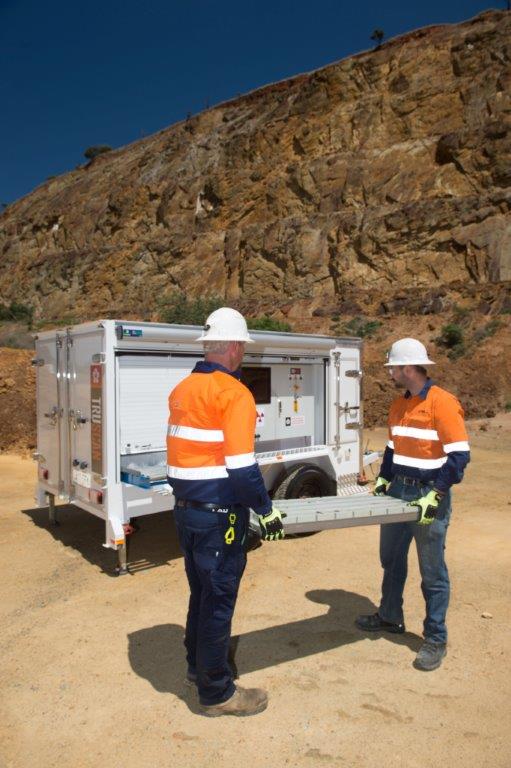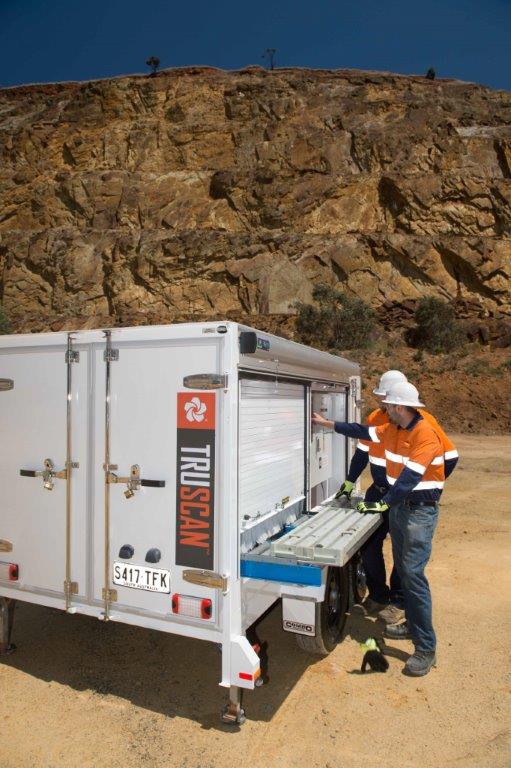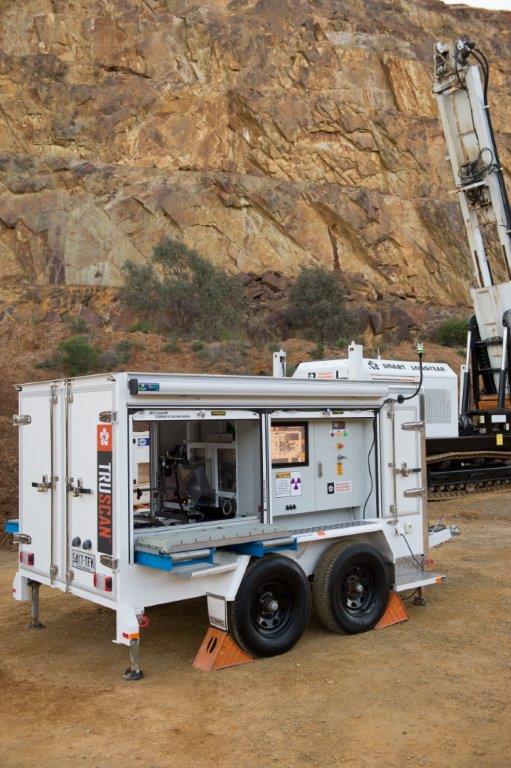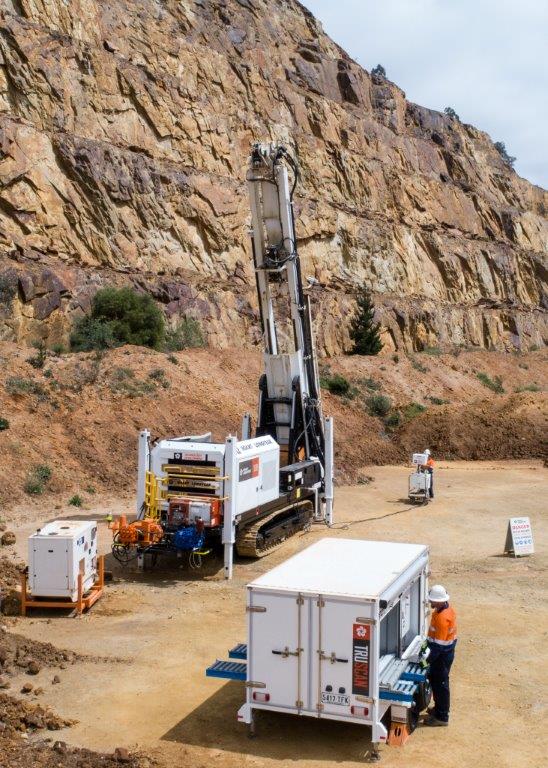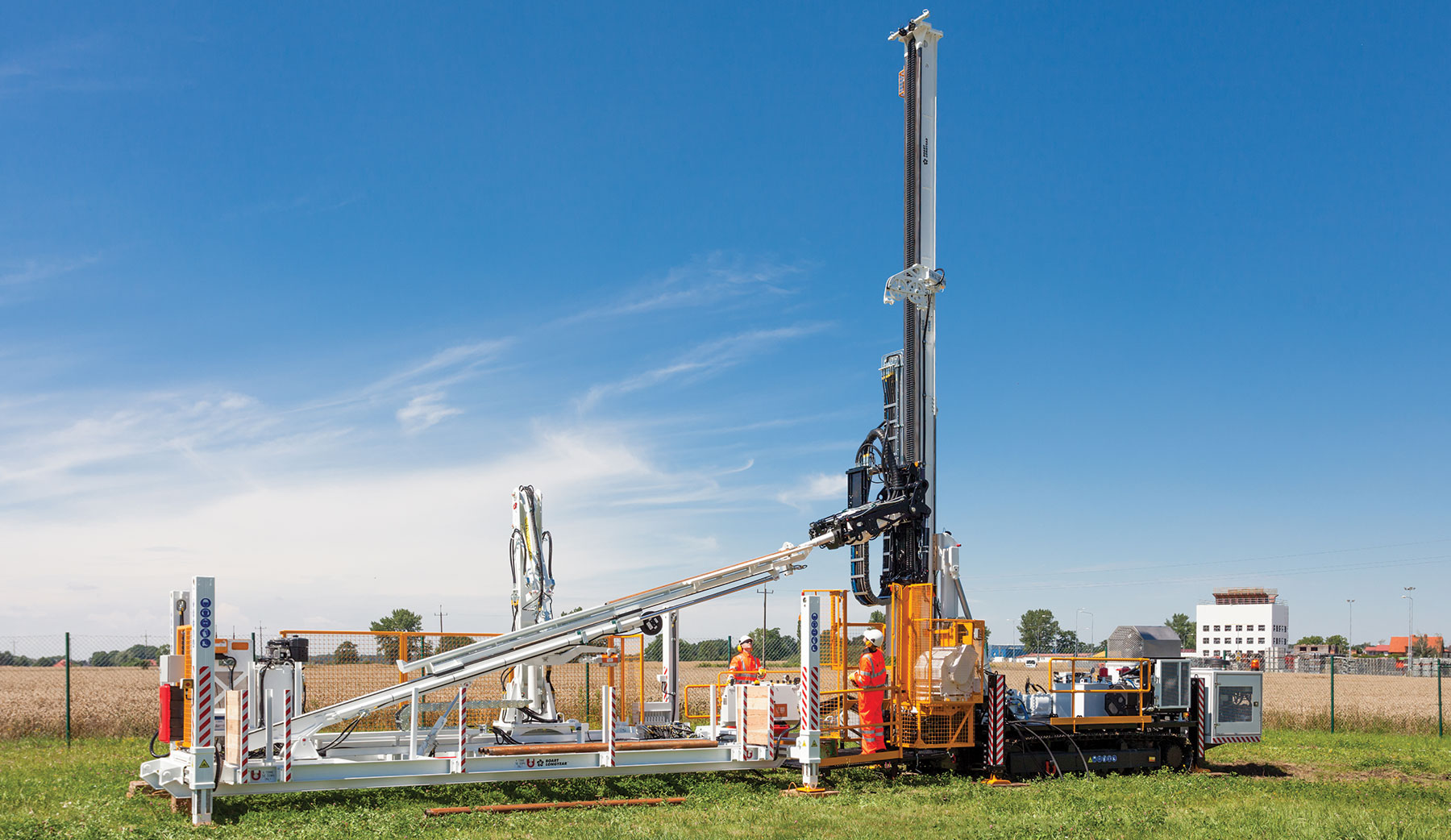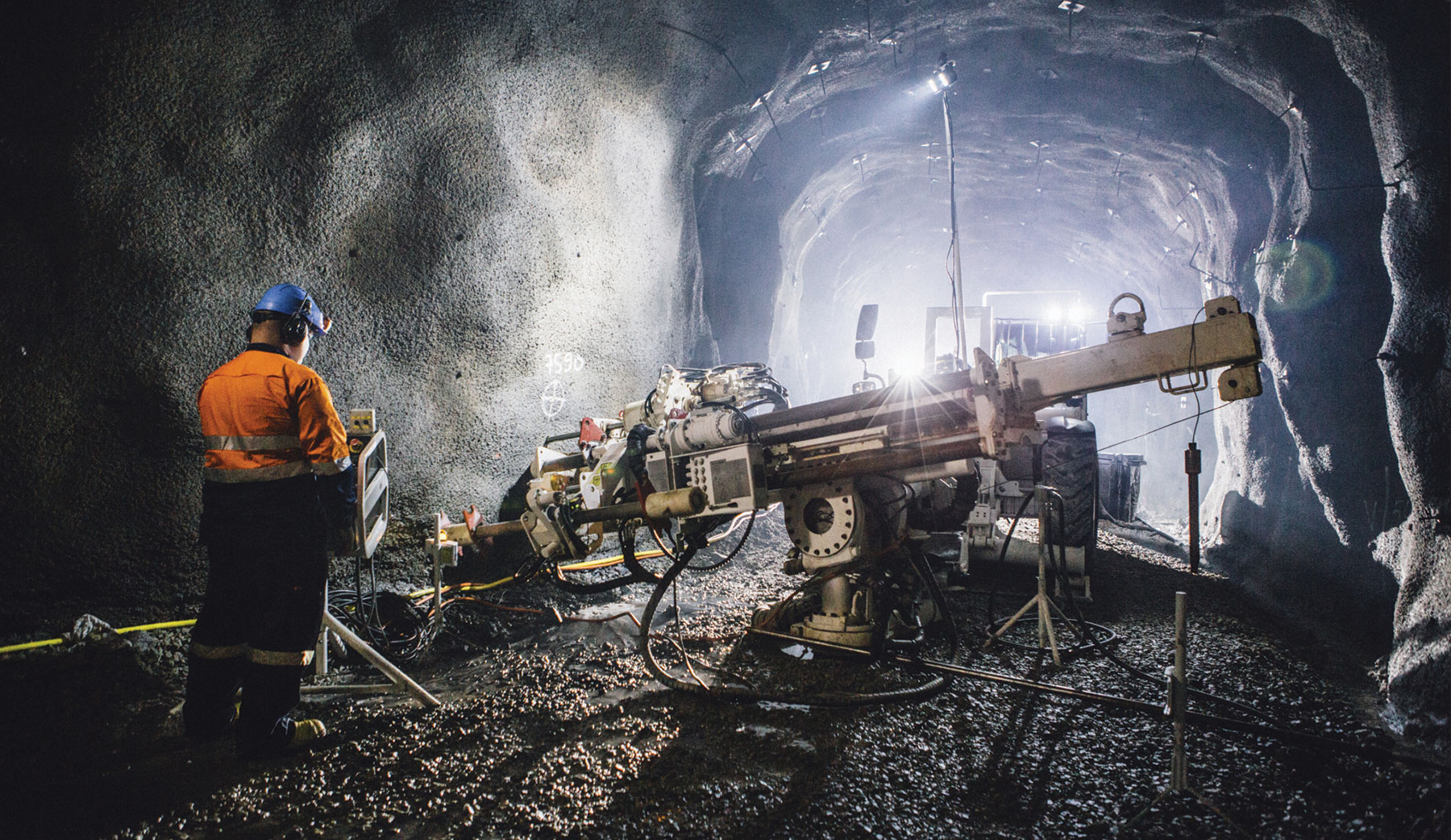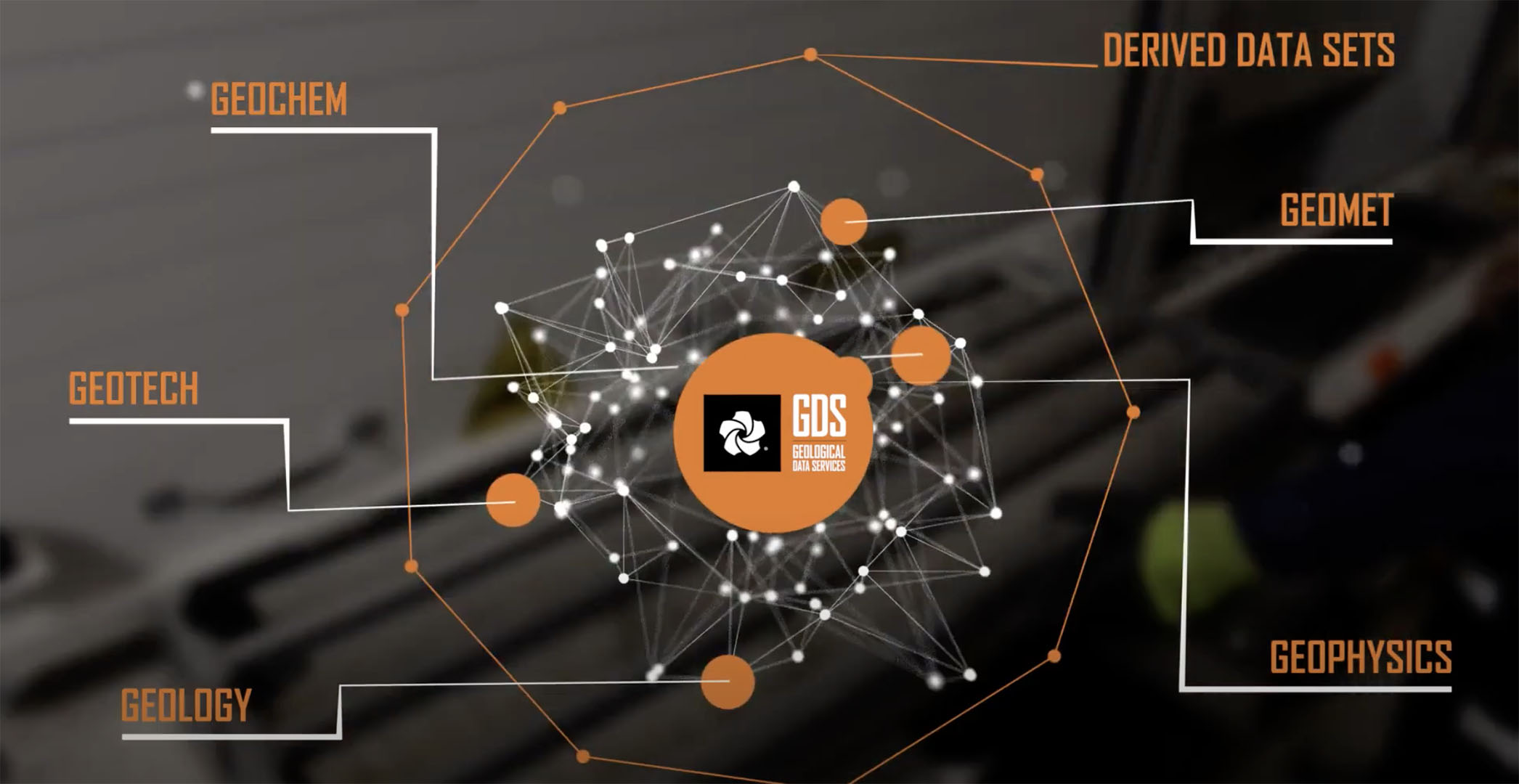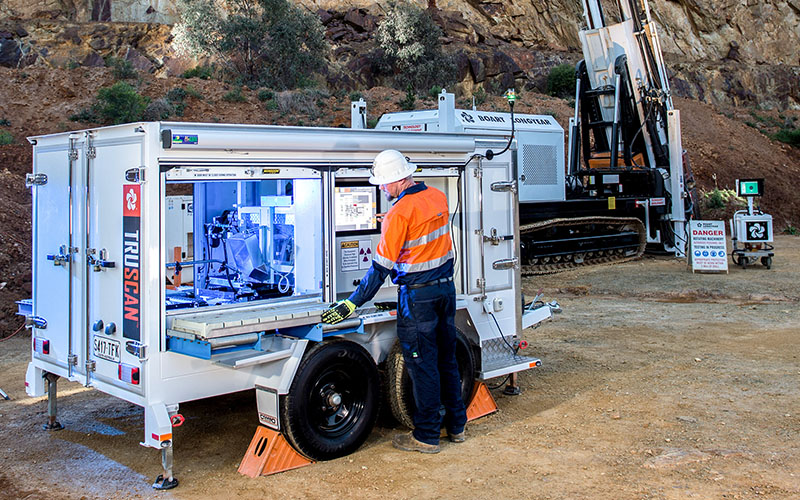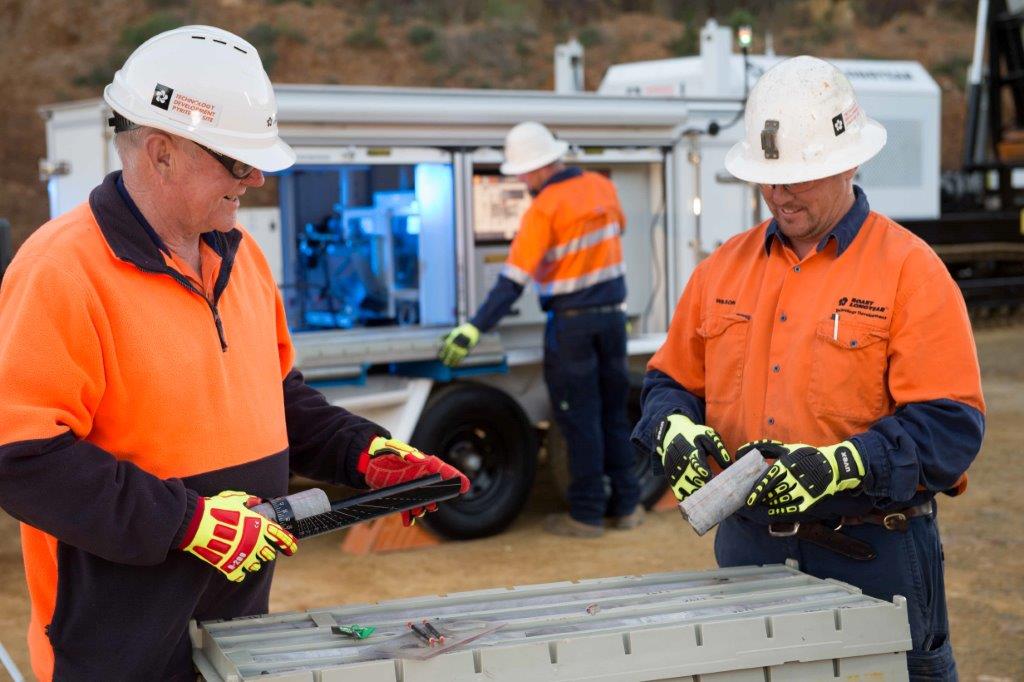
Make accurate decisions at a lower cost
TruScan offers high-definition wet, dry, and close-up photos of the rock core or chip samples. This information, as well as elemental concentrations, can be quickly viewed by the geologist and aids in getting geological logging and interpretation right the first time which reduces the need to relog core or chips. More accurate conceptual geological models can be built while the drill is still on the borehole. Because the time to collect data is significantly reduced, exploration and mining companies and make accurate and timely decisions on where to drill next or to what depth. This, combined with reducing the number of assays required by using TruScan data for a more targeted approach to assay, leads to significantly lowering the cost of mineral exploration.
Unique, precise technology
TruScan uses a unique XRF technology to address textural variations in rock and site-specific calibrations to address the rock type specific matrix effect. To ensure more precise onsite readings, rock samples are sent first from the site to the lab for chemical analysis. Once received back, the resulting chemistry is used to calibrate TruScan’s XRF technology, which is performed by a qualified Boart Longyear geochemist prior to the unit being sent to the drill site.
Analyze a wide range of elements
TruScan analyzes drill core and chips for every element between Lithium and Uranium on the periodic table as well as other key features of rock including loss on ignition (LOI) and density. This provides an extensive range of elemental-related data far beyond the information provided by traditional XRF technologies. TruScan scans continuously along the sample. Scan rates and averaging intervals are determined with the mining client at calibration. There is significant value in this data density which exposes geological heterogeneities not seen when using traditional destructive analytical methods that provide sparse data points from homogenized lab samples over a specific core length. Same-day TruScan data can be used by the geologist to log core more accurately, identify alteration zones, and determine where to sample and where not to sample for lab analysis.
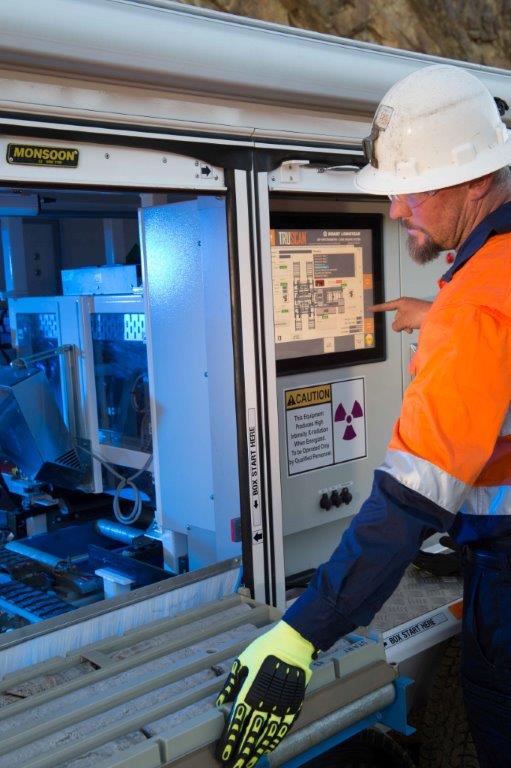
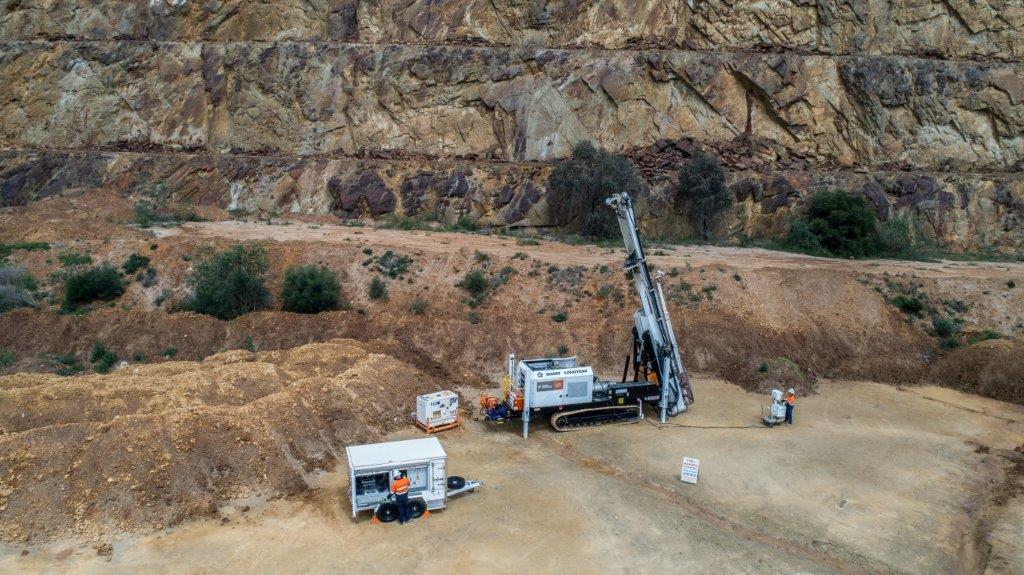
No Long-Term Additional Staff
On-Site
TruScan is set up and calibrated by a qualified geochemist and designed to be operated by Boart Longyear drill crews, TruScan specialized technicians, or the mining client’s technicians. When TruScan is operated by Boart Longyear’s drill crew, it removes the long term need for additional staff onsite. No additional staff onsite both minimizes the cost to deploy this technology and keeps onsite environmental health and safety (EHS) related risk low. In addition, this technology is designed to fit into the normal workflow of Boart Longyear drill crews so there is no decrease in drilling productivity.
TruScan™ — Innovative Onsite Core and Chip Scanning Technology
TruScan Specifications
The TruScan unit operates on 110v or 220v power. In its peak power demand, it requires less than 15 amps of current. The water requirements are approximately 20 liters for every 1000m of core. The trailer measures approximately 134 inches (340cm) long without the trailer hitch attachment (196 inches or 498cm with hitch) by 91 inches (231cm) wide (with roller beds in the closed position). An additional working area of about 4 feet (122cm) in width is required for loading and unloading of core boxes (core box storage not included). Flat level ground is required for operation of this device.
Ready to add TruScan to your project?
Submit a Request for Tender to have Boart Longyear review your project and submit a bid to supply our drilling services.

